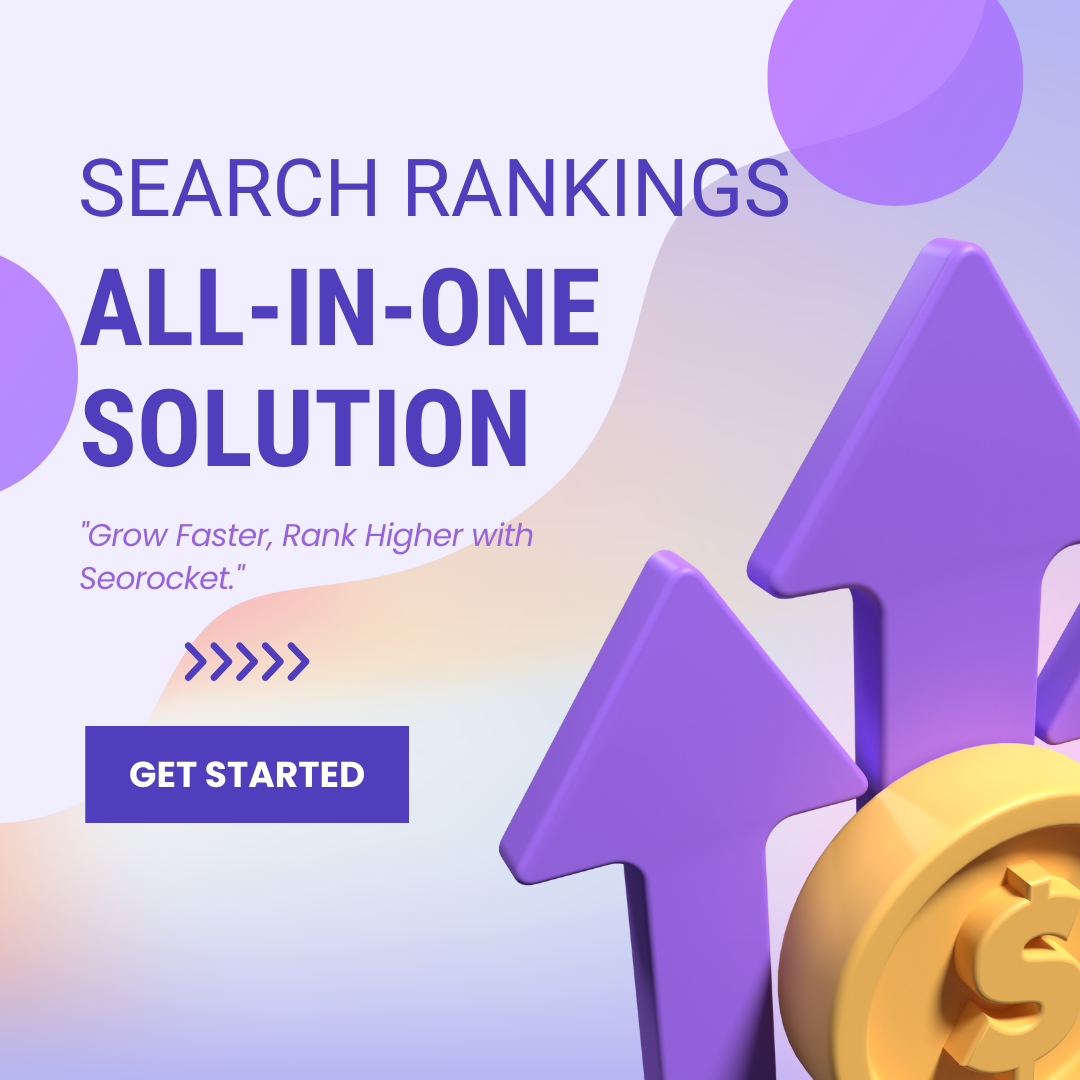Discover how UX design can revolutionize your website’s SEO strategy, boost user engagement, and skyrocket your search engine rankings.

Image courtesy of via DALL-E 3
Table of Contents
- Introduction to UX Design and SEO
- Importance of User Experience (UX)
- Elements of Good UX Design
- SEO Benefits from Good UX Design
- Real-Life Examples of Good UX Design
- Tips for Improving UX Design
- Tools for UX Design
- Future of UX Design
- Conclusion: Recap and Final Thoughts
- Frequently Asked Questions (FAQs)
Introduction to UX Design and SEO
When you visit a website, have you ever thought about why some are easy to use and navigate while others seem confusing? Well, that’s where UX Design and SEO come into play! Let’s dive into what these terms mean and how they work together to make your online experience better.
What is UX Design?
UX Design stands for User Experience Design. Simply put, it’s all about making websites easy and enjoyable for people to use. Think of UX Design as the art of creating a digital space that feels like a welcoming place where you can find what you need without any hassle.
What is SEO?
SEO, or Search Engine Optimization, is like a map that helps websites get found online. It’s the process of making sure that when you search for something on Google or other search engines, the websites that pop up are the most relevant and useful to you. SEO helps websites show up higher in search results, making it easier for you to discover them.
How UX Design and SEO Are Connected
Believe it or not, UX Design and SEO go hand in hand! When websites are user-friendly and provide a great experience, people tend to stay longer, explore more pages, and interact with the site. This positive engagement is like a secret code that search engines like Google use to know that a website is valuable and deserves to be ranked higher in search results.
Importance of User Experience (UX)
Having a good user experience is crucial for websites. When a website is easy to use, it means that visitors can navigate around it without getting lost or confused. Think of it like a treasure hunt – the easier it is to find the treasure, the happier the treasure hunters will be!
Keeping Visitors Happy
Websites need to be designed in a way that makes visitors happy. This means having colors, fonts, and images that are pleasing to look at. Imagine visiting a website that hurts your eyes – you wouldn’t want to stay there for long, right?
Reducing Bounce Rates
When visitors come to a website and leave right away without exploring other pages, it’s called a bounce. A good user experience helps reduce bounce rates because visitors are more likely to stay and look around when they enjoy using a website. It’s like being in a fun playground – you wouldn’t want to leave right away, would you?
Elements of Good UX Design
In order to create a website that users love to visit and engage with, it’s essential to pay attention to the elements of good UX design. These elements are crucial for ensuring a seamless and enjoyable user experience. Let’s dive into the key components that make up a well-designed website:
Fast Loading Speed
One important element of good UX design is fast loading speed. When a website loads quickly, users are more likely to stay and explore its content. Slow-loading pages can frustrate visitors and lead them to abandon the site, resulting in higher bounce rates. By optimizing your website’s loading speed, you can keep users engaged and satisfied.
Mobile Friendliness
In today’s digital age, more and more users are accessing websites on their mobile devices. This makes it crucial for websites to be mobile-friendly. A mobile-responsive design ensures that the site adapts to different screen sizes, providing a seamless experience across all devices. By prioritizing mobile friendliness in your UX design, you can cater to a wider audience and improve user satisfaction.
Clear and Simple Layout
A clear and simple layout is another key element of good UX design. An uncluttered design with intuitive navigation helps users find what they’re looking for quickly and easily. By organizing content in a logical manner and using clear calls-to-action, you can guide users through the website effectively. A clean and simple design not only enhances user experience but also reflects positively on your brand.
SEO Benefits from Good UX Design
When a website provides a seamless and enjoyable experience for its visitors, search engines like Google recognize this and reward the site by boosting its rankings. This means that websites with good UX design are more likely to appear higher in search engine results, making it easier for users to find them.
Increasing Time Spent on Site
A key aspect of SEO is the amount of time visitors spend on a website. By offering a user-friendly experience that keeps visitors engaged and interested, websites with good UX design tend to have longer average session durations. This increase in time spent on the site sends a positive signal to search engines, indicating that the content is valuable and relevant to users.
Lowering Bounce Rates
Bounce rates refer to the percentage of visitors who leave a website after viewing only one page. High bounce rates can negatively impact SEO rankings. Good UX design aims to reduce bounce rates by providing clear navigation, engaging content, and a visually appealing layout. When visitors stay on a site longer and explore multiple pages, it signals to search engines that the website is valuable and encourages them to rank it higher in search results.
Real-Life Examples of Good UX Design
Google is a prime example of a website with exceptional UX Design. The search engine’s homepage is clean, minimalistic, and easy to navigate. Users are greeted with a single search bar, giving them a straightforward and efficient way to find information. Google’s search results are neatly organized, and the simple design helps users focus on what they are looking for without unnecessary distractions. This user-centric approach is a key factor in Google’s popularity and success.
Example 2: Amazon
Amazon is another standout example of a website that prioritizes user experience. The e-commerce giant’s website is designed with the customer in mind, making it easy to browse, search for products, and make purchases. Amazon’s intuitive navigation, personalized recommendations, and seamless checkout process all contribute to a positive user experience. The website also adapts well to different devices, ensuring a consistent experience for users on desktops, tablets, and mobile phones.
Example 3: YouTube
YouTube is a platform known for its user-friendly design and features that enhance the viewing experience. The video-sharing website’s layout is clean and organized, making it simple for users to find and watch videos. YouTube’s recommendation algorithms provide users with personalized content suggestions, keeping them engaged and encouraging them to spend more time on the site. Additionally, the platform’s easy-to-use video player and playback controls contribute to a seamless and enjoyable viewing experience for users.
Tips for Improving UX Design
Improving the User Experience (UX) design of a website is crucial for keeping visitors happy and engaged. Here are some simple tips to enhance the usability and functionality of your site:
Keep it Simple
When designing your website, remember that less is more. A cluttered and confusing layout can overwhelm visitors and make it difficult for them to find what they are looking for. Keep the navigation simple and intuitive, allowing users to easily navigate through your site.
Make it Mobile-Friendly
In today’s mobile-first world, it’s essential to optimize your website for mobile devices. Ensure that your site is responsive and adapts to different screen sizes. This will provide a seamless experience for users accessing your site on smartphones and tablets.
Test and Get Feedback
Testing your website with real users is key to identifying any usability issues and improving the overall user experience. Conduct usability testing to observe how users interact with your site and gather feedback on what works well and what can be improved. Incorporating user feedback will help you refine your design and make informed decisions on enhancements.
Tools for UX Design
When it comes to creating a great user experience on a website, having the right tools can make all the difference. Here are some essential tools that can help in the process of designing a user-friendly website:
Wireframing Tools
Wireframing is a crucial step in UX design as it allows designers to create a visual guide of the website’s layout before moving on to the actual design. Tools like Sketch and Figma are popular choices for creating wireframes that help in planning the structure and functionality of a website.
User Testing Tools
Feedback from real users is invaluable when it comes to improving the user experience of a website. UserTesting is a tool that allows designers to gather feedback through real user interactions, providing valuable insights into how users navigate the site and what improvements can be made.
Analytics Tools
Understanding how users interact with a website is key to optimizing its user experience. Google Analytics is a powerful tool that provides in-depth insights into user behavior, such as which pages are most visited, how users navigate through the site, and where they drop off. This data can help designers make informed decisions to enhance the overall user experience.
Future of UX Design
Artificial Intelligence (AI) is a technology that allows machines to learn from data and improve their performance over time. In the realm of UX design, AI is revolutionizing the way websites interact with users. By analyzing user behavior and preferences, AI can personalize the user experience, making it more tailored and engaging.
Voice User Interfaces
Voice User Interfaces (VUIs) are becoming increasingly popular with the rise of virtual assistants like Siri and Alexa. These interfaces allow users to interact with websites and devices through voice commands, making the user experience more intuitive and hands-free. In the future, we can expect to see more websites integrating VUIs to enhance user engagement.
Virtual and Augmented Reality
Virtual Reality (VR) and Augmented Reality (AR) are technologies that create immersive experiences for users. In UX design, these technologies are transforming how users interact with websites by providing interactive and visually appealing elements. The future of UX design will likely see more websites incorporating VR and AR to create unforgettable user experiences.
Conclusion: Recap and Final Thoughts
In conclusion, we have explored how UX Design and SEO are intricately connected, with the aim of enhancing the user experience on websites. By focusing on creating a seamless and enjoyable browsing experience, websites can improve their search engine rankings and keep visitors engaged.
Importance of UX Design for SEO
UX Design plays a crucial role in determining a website’s success in search engine rankings. When users have a positive experience interacting with a website, they are more likely to stay longer, engage with the content, and ultimately boost the site’s performance in search results.
Key Takeaways
From the importance of easy navigation and user-friendly design to the benefits of reducing bounce rates and increasing time spent on site, it is evident that good UX Design is essential for a website’s overall success. By implementing elements such as fast loading speeds, mobile friendliness, and clear layouts, websites can optimize their user experience and improve their SEO performance.
Looking Ahead
As technology continues to evolve, the future of UX Design holds exciting possibilities. With the integration of artificial intelligence, voice user interfaces, and virtual and augmented reality, the way users interact with websites is set to become even more personalized and immersive. By staying informed and adapting to these emerging trends, website owners can stay ahead of the curve and continue to provide exceptional user experiences.
Frequently Asked Questions (FAQs)
What is the difference between UX Design and UI Design?
UX Design stands for User Experience Design, which focuses on how users interact with a website to ensure a seamless and pleasant experience. On the other hand, UI Design, or User Interface Design, deals with the look and feel of a website, such as colors, fonts, and buttons. In simple terms, UX Design is about how a website works, while UI Design is about how it looks.
How long does it take to see SEO improvements from good UX?
Seeing improvements in SEO from good UX Design can vary depending on the website and the changes made. Generally, you may start to notice positive impacts on search engine rankings within a few weeks to a few months after implementing UX improvements. It’s important to monitor website traffic and user behavior to track the progress.
Can small websites benefit from UX Design?
Absolutely! Whether a website is big or small, good UX Design can benefit all. Small websites can actually gain a competitive edge by providing a user-friendly experience that keeps visitors engaged and coming back for more. Simple tweaks like improving navigation, layout, and content can make a significant difference in how users perceive and interact with a website.







